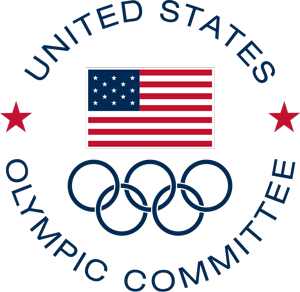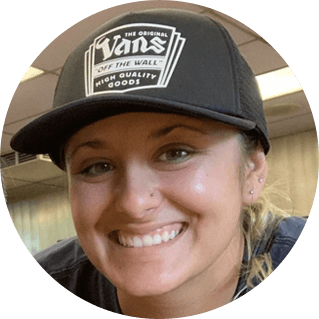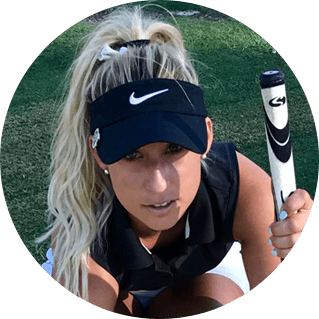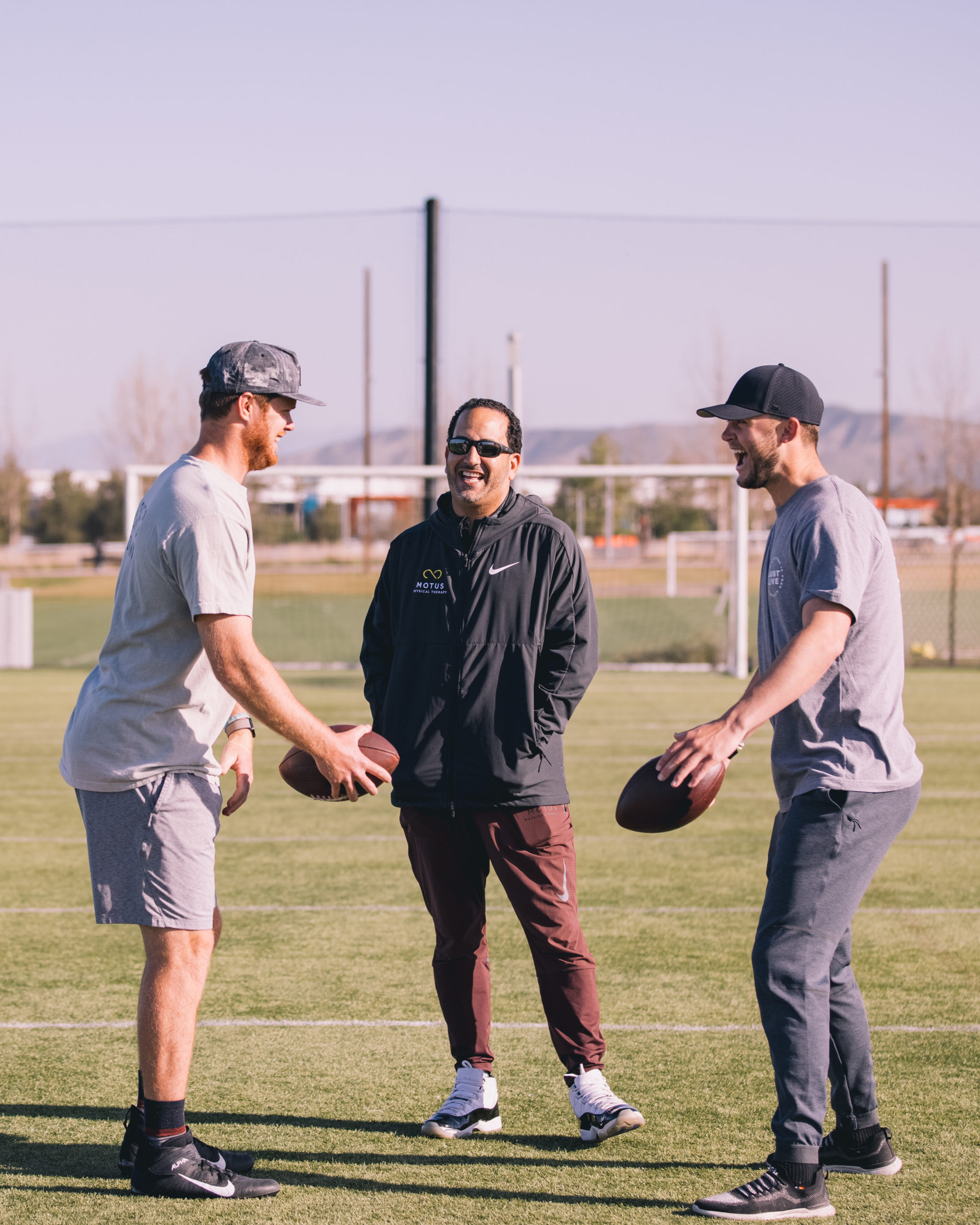Early Sport Specialization (ESS)
In recent decades, the landscape of youth athletics has changed. Increased participation in competitive athletics has been seen over the past 50 years (National Federation of State High School Associations, 2016-2017).1 Another recent phenomenon is the increasing number of young athletes concentrating on a single sport, commonly referred to as early sport specialization. Early specialization is often sought out by these young athletes due to sensationalized, highly successful athletes who specialize early, including Tiger Woods, Tara Lipinski, Venus and Serena Williams just to name a few. Additional influences towards early specialization include parents, coaches, and peers whom often believe that sport specialization is needed to compete with other athletes at the highest level. Aspirations to continue playing beyond high school and the allure of an athletic scholarship may also be particularly motivating. However, according to recent NCAA statistics, only about 2% of high school athletes are awarded athletics scholarships to compete in Division I sports.2 This small number means young athletes and their parents need to have realistic expectations about receiving an athletic scholarship.
The Risks of Early Sport Specialization
At this time, there is no evidence to suggest superior physiologic benefits to early specialization over diversified athletic participation.3 In contrast, a 2017 prospective study published in The American Journal of Sports Medicine, adds to the growing literature that sport specialization increases the risk of injuries for high school athletes although injury incidence varies based on athletic exposure.3-7 While athletes participating in a variety of sports have fewer injuries and play sports longer than those who specialize before puberty.5,6,8 Current evidence supports the delay of sport specialization for the majority of sports until after puberty (late adolescence, ∼15 or 16 years of age). Delayed specialization will minimize the risks of injury and lead to a greater likelihood of athletic success.5-8
Sport Diversification
Early specialization has shown to be not only physically demanding, but also mentally difficult. Athletic burnout, characterized by loss of motivation, lack of enjoyment, high perceived stress and anxiety, and poor stress coping skills, can occur with early specialization.9 Research recommends participation in a variety of sports early on to achieve the physical, psychological, and social benefits of athletic participation.3,9 The American Orthopaedic Society for Sports Medicine recommends several measures to prevent burnout and injury including avoiding over scheduling and excessive time commitments.3 Brenner advises a minimum of 2-3 months off each year from their particular sport to avoid overuse, overtraining, and burnout and this “time off” can also be used to participate in other sports or activities (diversification).10
- National Federation of State High School Associations. Participation Statistics. https://www.nfhs.org/ParticipationStatistics/PDF/2016-17_Participation_Survey_Results.pdf Accessed April 25, 2018.
- National Letter of Intent. Athletic Scholarships. Available at: https://www.nationalletter.org/documentLibrary/athleticScholarship.html. Accessed April 25, 2018.
- LaPrade RF, Agel J, Baker J, et al. AOSSM early sport specialization consensus statement. Orthop J Sports Med. 2016;4(4):2325967 116644241.
- McGuine, TA, et al. “A Prospective Study on the Effect of Sport Specialization on Lower Extremity Injury Rates in High School Athletes.” Am J Sports Med. 2017;45(12): 2706-2712.
- Malina RM. Early sport specialization: roots, effectiveness, risks. Curr Sports Med Rep. 2010;9(6):364–371.
- Jayanthi N, Pinkham C, Dugas L, Patrick B, Labella C. Sports specialization in young athletes: evidence-based recommendations. Sports Health. 2013;5(3):251–257.
- DiFiori JP, Benjamin HJ, Brenner JS, et al. Overuse injuries and burnout in youth sports: a position statement from the American Medical Society for Sports Medicine. Br J Sports Med. 2014;48(4):287–288.
- Mostafavifar AM, Best TM, Myer GD. Early sport specialisation, does it lead to long-term problems? Br J Sports Med. 2013;47(17):1060–1061.
- Goodfer K, Gorley T, Lavallee D, Harwood C. Burnout in sport: a systematic review. Sport Psychol. 2007;21:127-151.
- Myer GD, Jayanthi N, Diffori JP, et al. Sport specialization, part I: does ealry sport specialization increase negative outcomes and reduce the opportunity for success in young athletes? Sports Health. 2015;7:437-442.





















